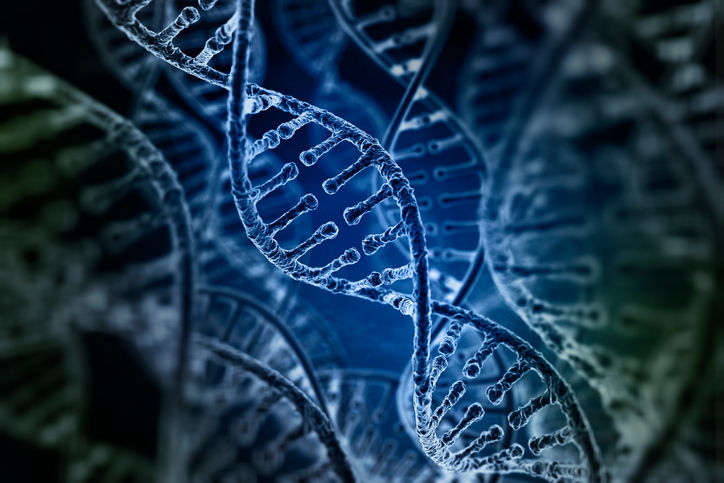Diabetes medications that directly benefit the kidneys
The U.S. Food and Drug Administration (FDA) has approved two classes of medications for the management of type 2 diabetes that have direct and significant benefits on kidney health: sodium-glucose cotransporter 2 (SGLT2) inhibitors and glucagon-like peptide-1 (GLP-1) receptor agonists.
SGLT2 inhibitors
SGLT2 inhibitors are daily pills that block the body’s ability to reabsorb sugar (glucose) from the blood, causing excess sugar to leave the body through urine.
SGLT2 inhibitors can be prescribed to people in most stages of CKD, including those with advanced kidney failure or at high risk of kidney failure: “People with advanced CKD but not yet on dialysis may also benefit,” it says Alejandro Turchin, MDdirector of diabetes quality at Brigham and Women’s Hospital and associate professor at Harvard Medical School in Boston, Massachusetts.
It is less clear whether or not SGLT2 inhibitors protect kidney health in people who have not yet developed measurable kidney disease, as this has not yet been rigorously tested. “But based on what we know so far, its use could reasonably be expected to have benefits for kidney health,” says Dr. Turchin.
SGLT2 inhibitors on the market approved for the treatment or prevention of kidney disease include:
- canagliflozin (Invokana)
- dapagliflozin (Farxiga)
- empagliflozin (Jardiance)
- Dehydration
- Urinate more frequently
- Fungal infections and urinary tract infections (UTI)
- low blood pressure
- low blood sugar
GLP-1 receptor agonists
GLP-1 receptor agonists are best known as blockbuster medications for diabetes and obesity. They mimic a hormone that triggers the release of insulin from the pancreas to promote digestion and slow the release of glucose from the liver to control blood sugar. They also increase the feeling of satiety after meals and slow digestion.
Although the evidence for kidney protection may be stronger for SGLT2 inhibitors than for GLP-1, it is not really known whether one drug is more effective than the other: “No one has compared them directly to each other, but SGLT2 inhibitors appear to be more effective in preventing [the] progression of kidney disease than GLP1,” says Turchin.
And it is possible to take both at the same time, he says. “I wouldn’t normally consider it a choice between the two. From what we know, combining both classes of medications may result in greater benefit, although, again, the evidence has not yet examined this. I generally recommend that my patients with kidney disease take both to prevent disease progression as much as possible.”



